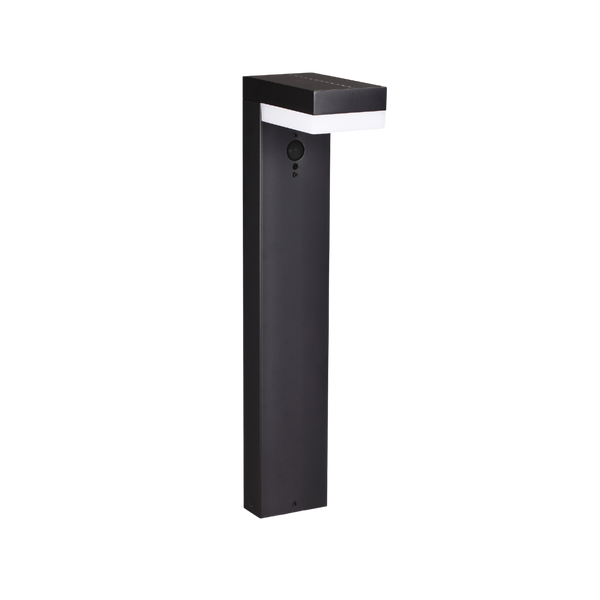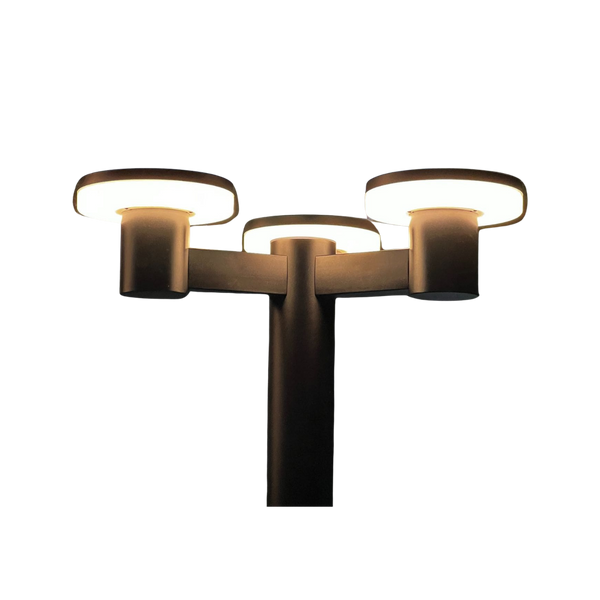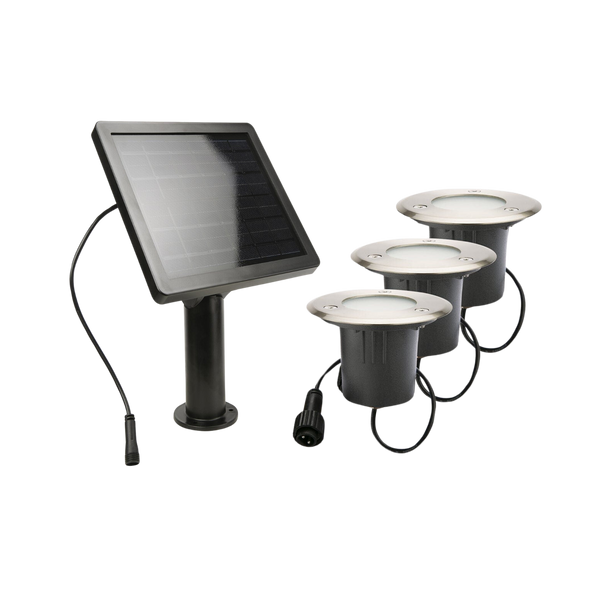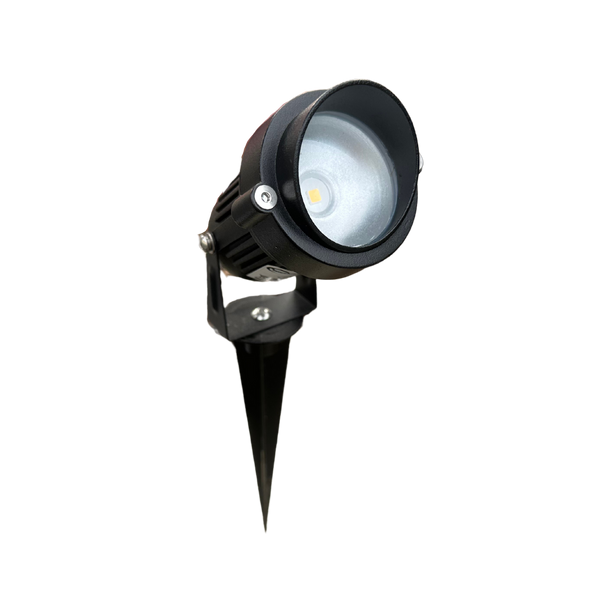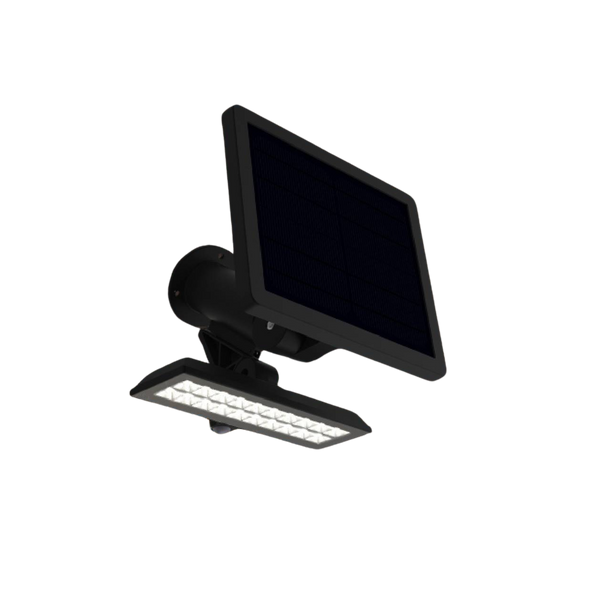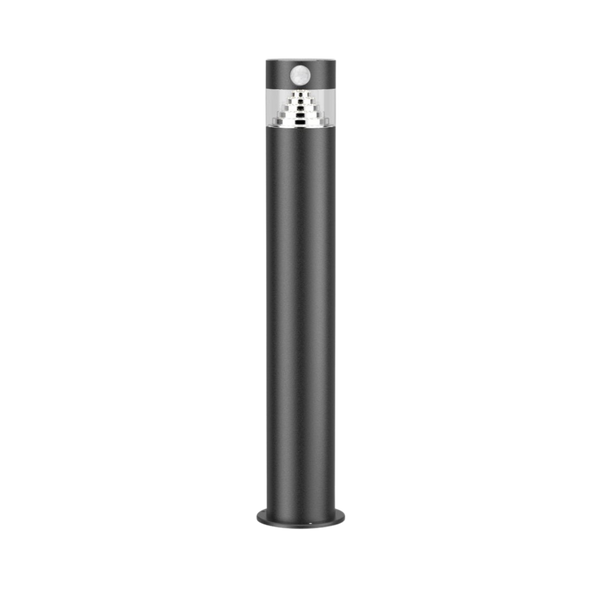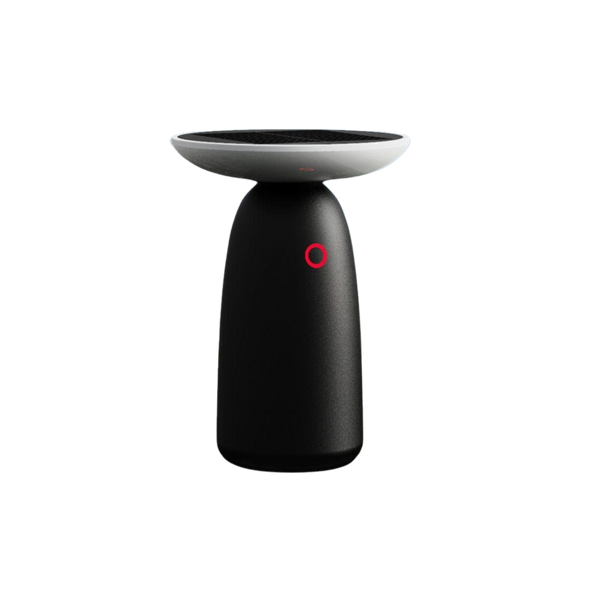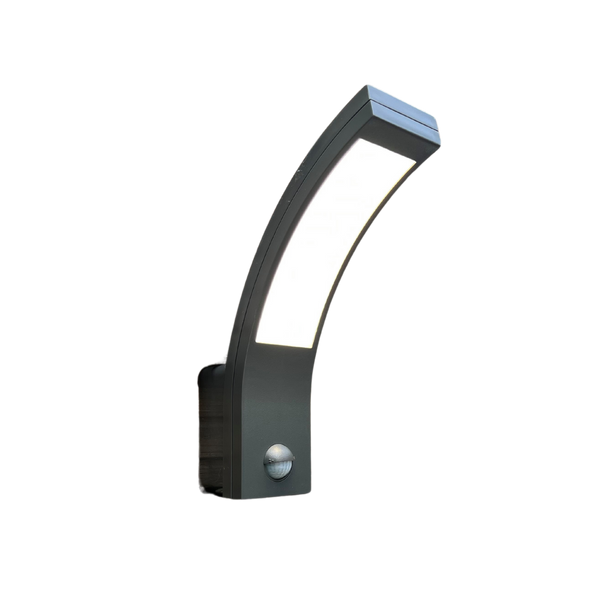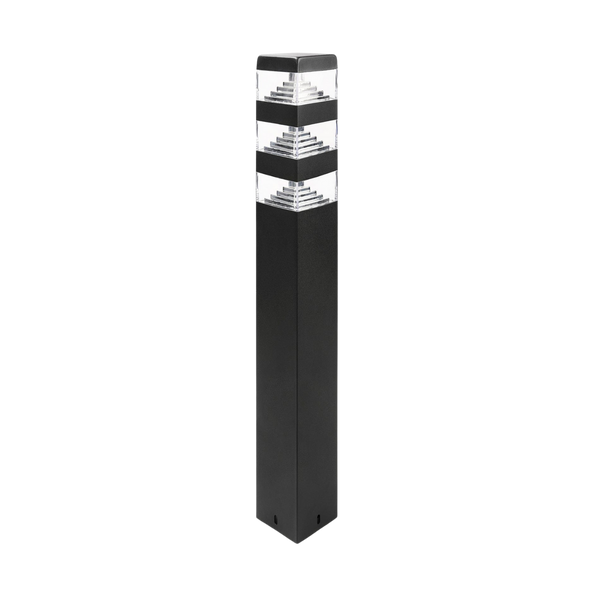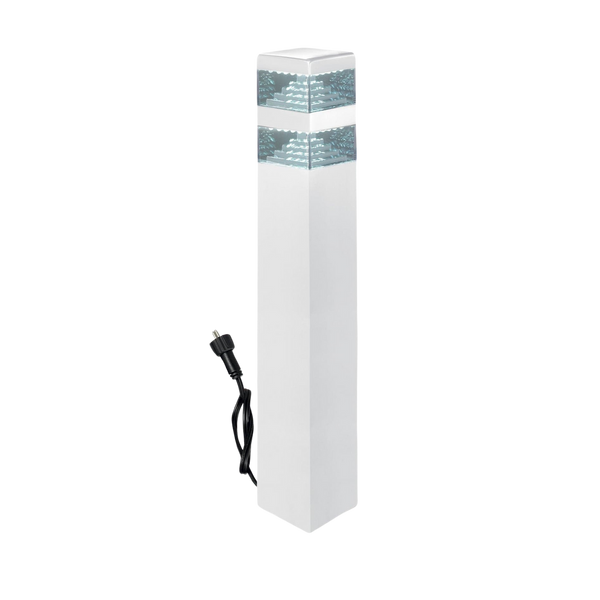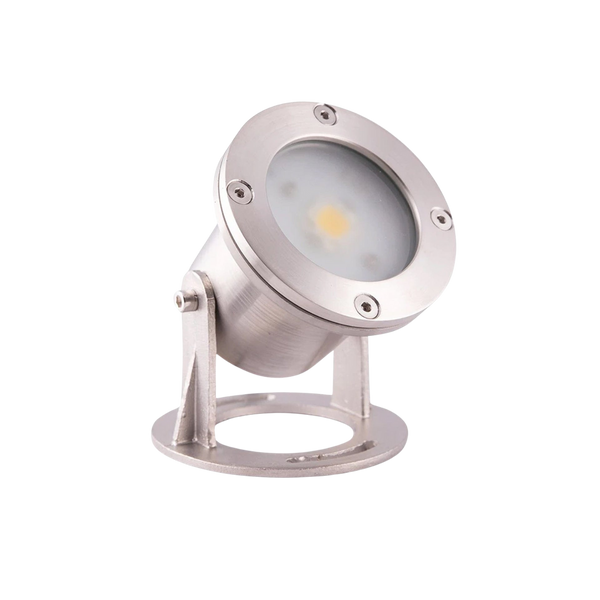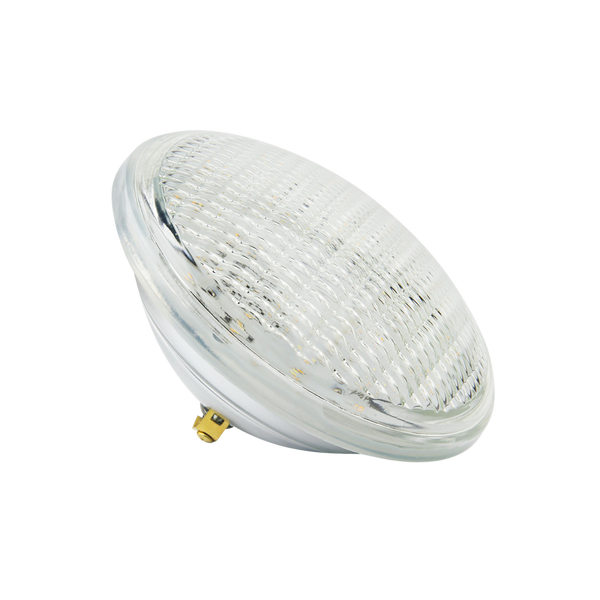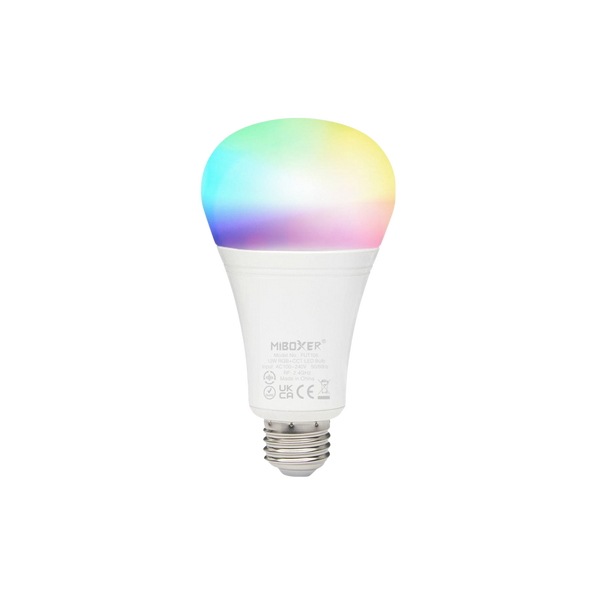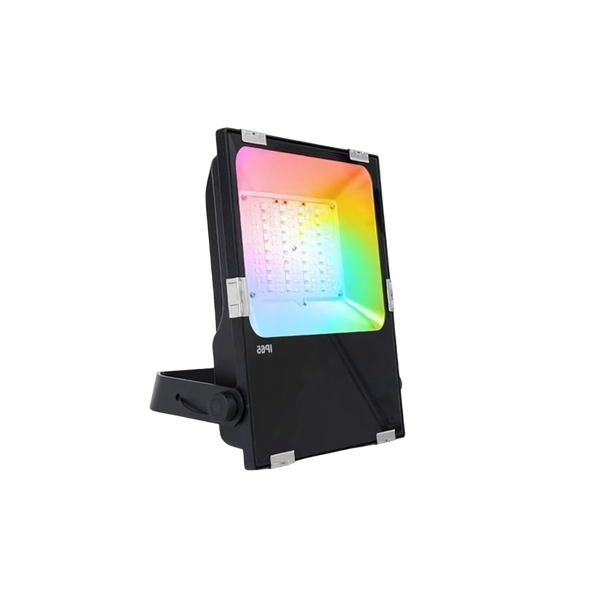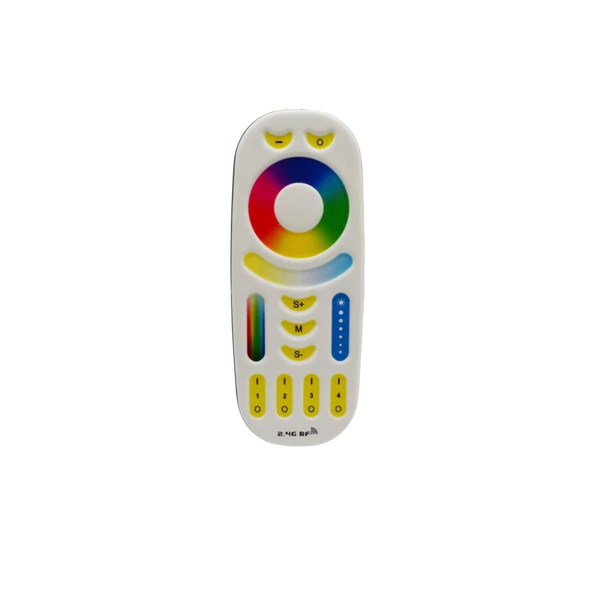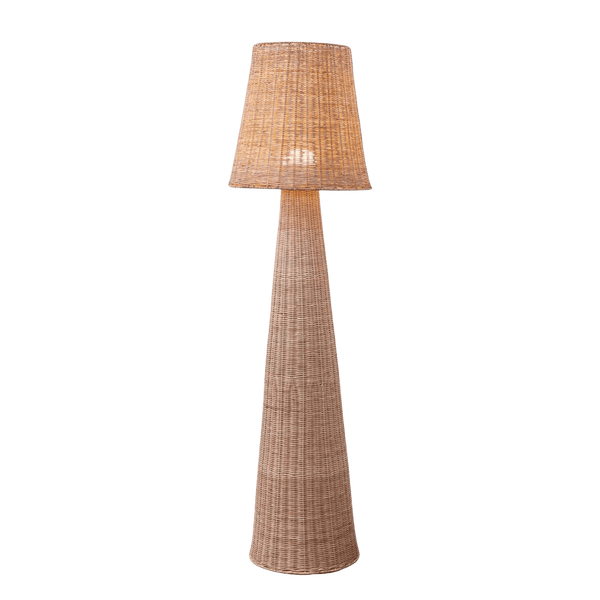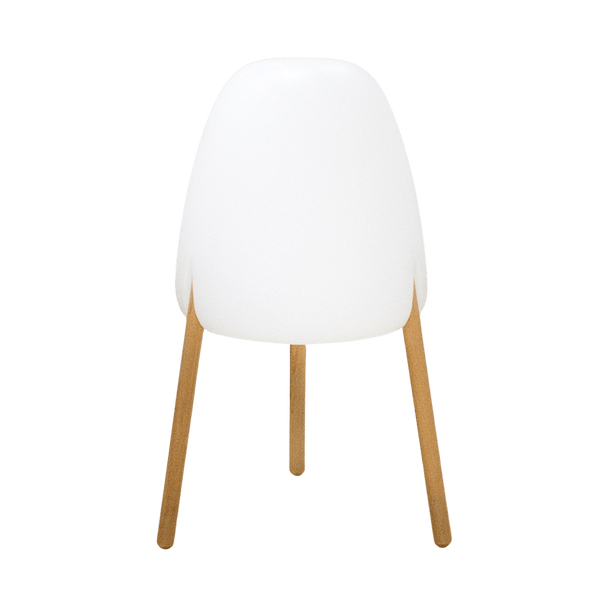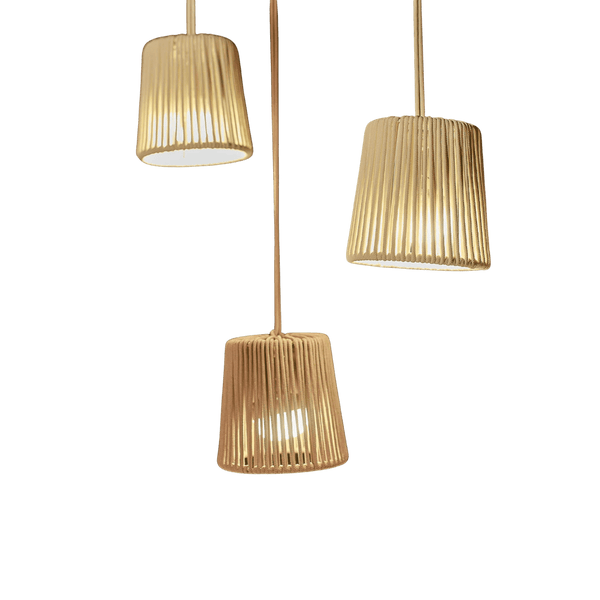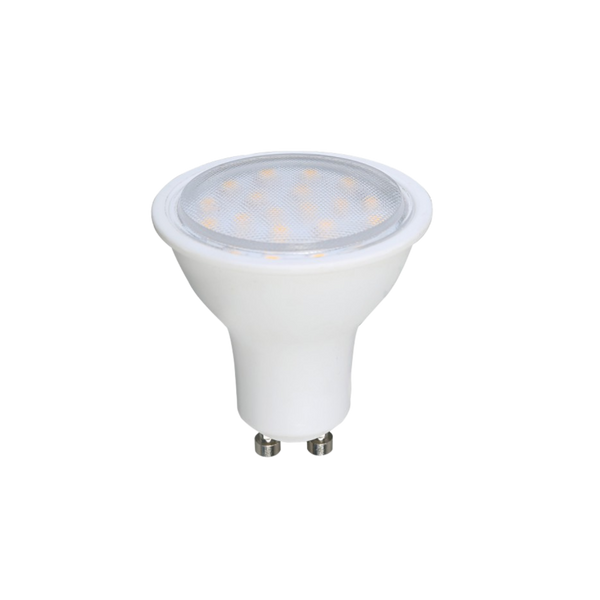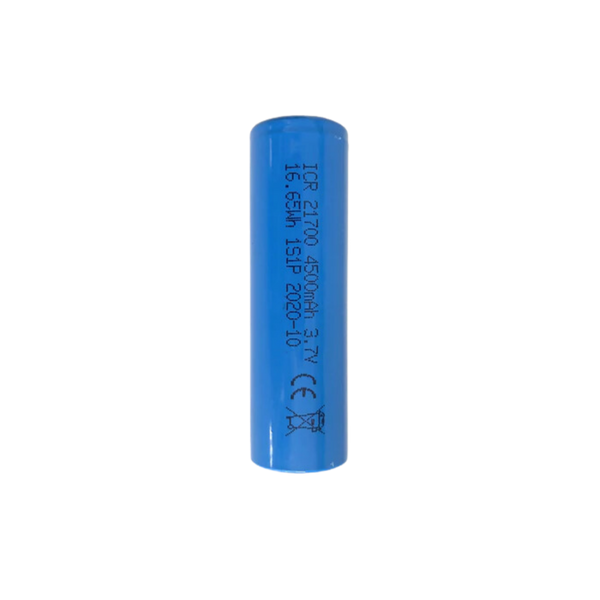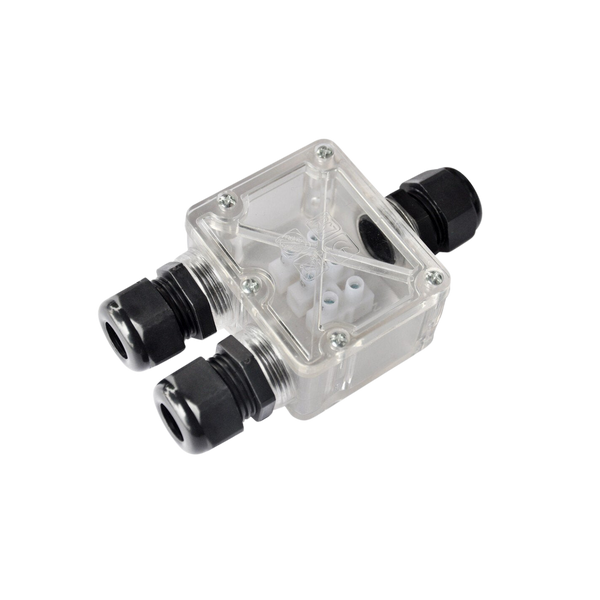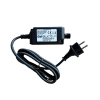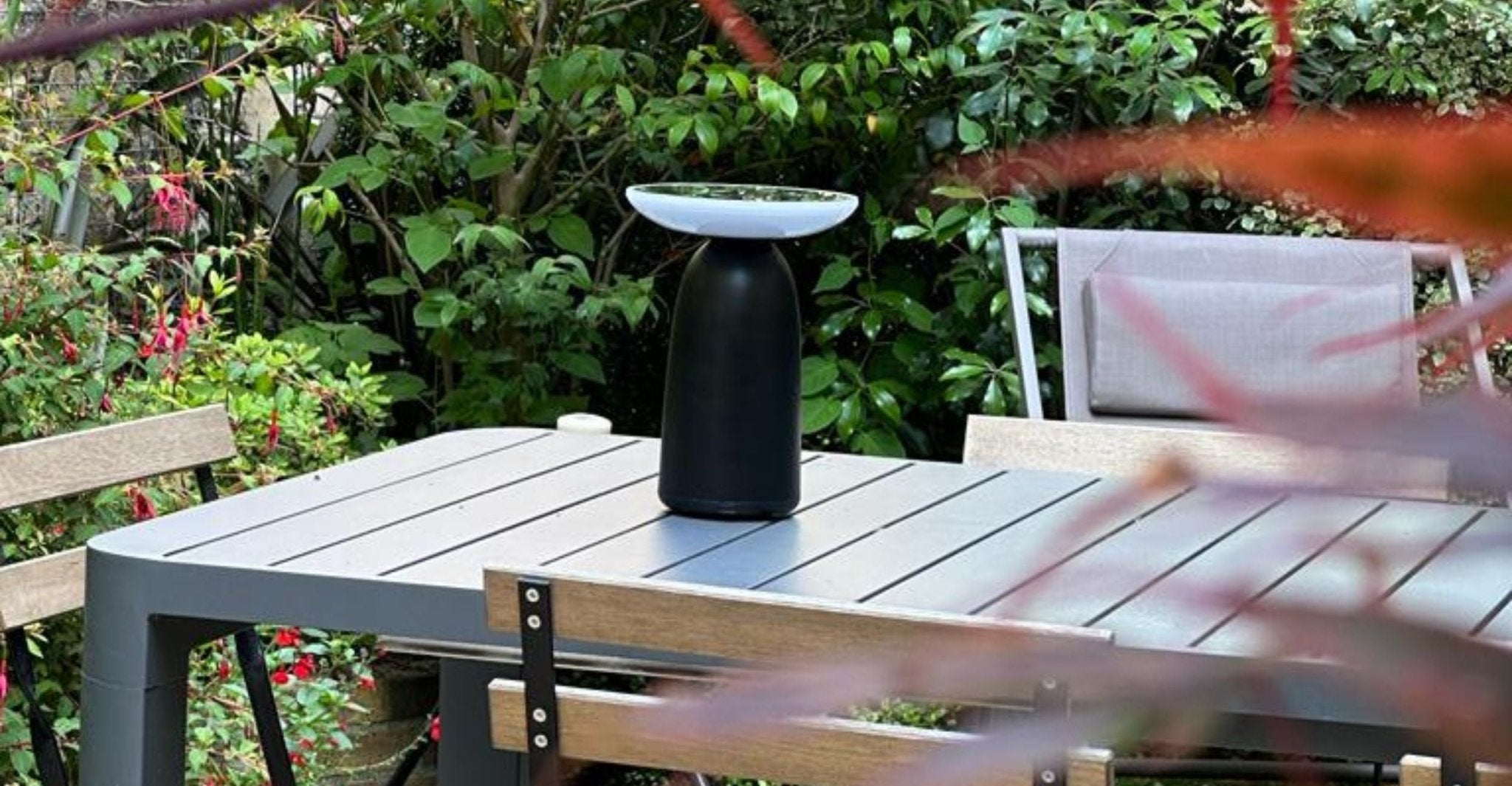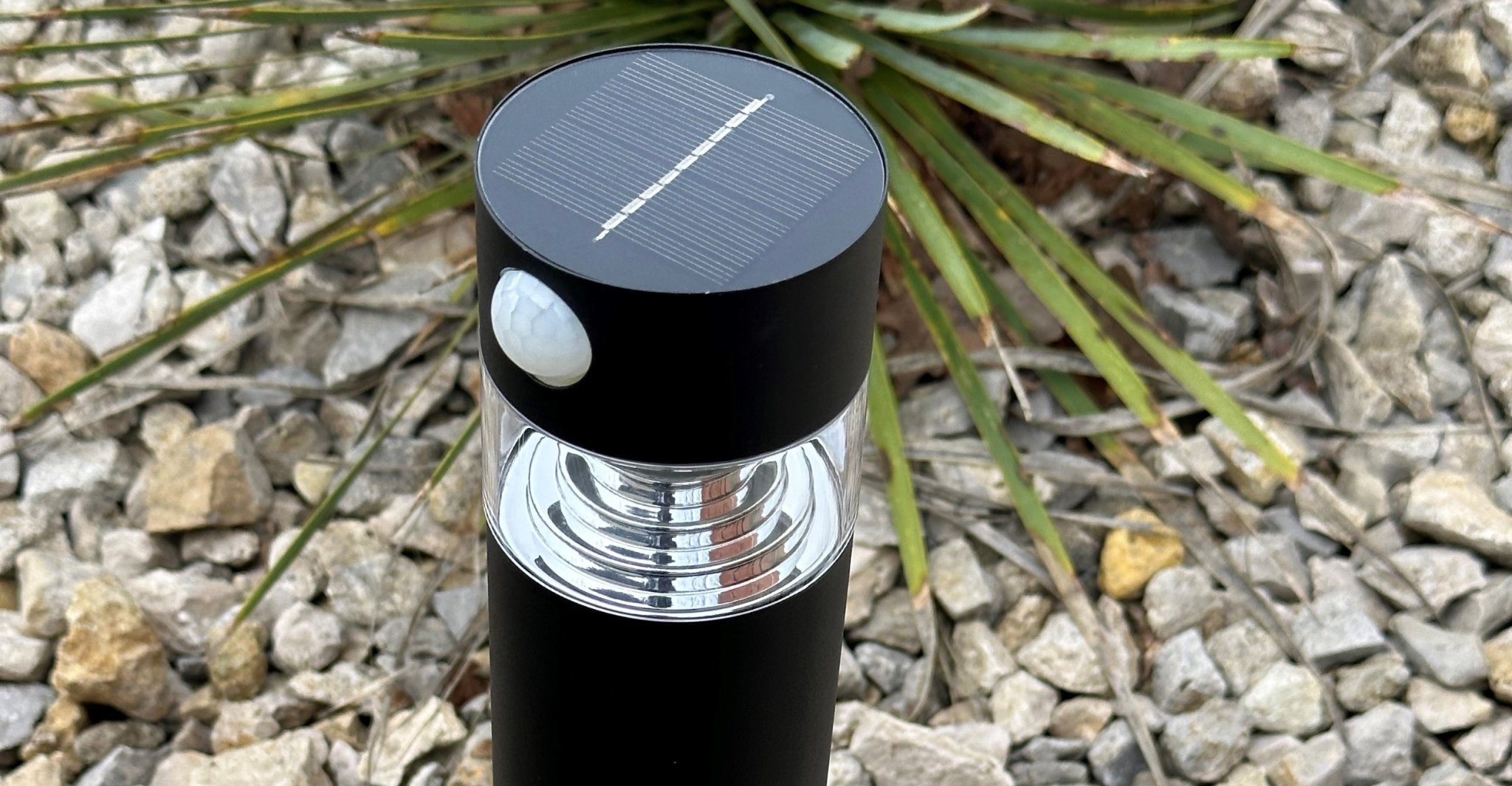Solar lamps are an ecological and economical solution for outdoor lighting. You've installed them at the edge of the terrace, along the driveway or near your gate. But now temperatures are dropping, the days are getting shorter... and you're wondering whether it's still sensible to rely on solar power in winter. Good question.
At Lumihome, we know all about it: yes, a solar lamp can work in winter. But not just any lamp. And not just any way. Here's what you really need to know to avoid disappointment when the mercury plunges.

How does a solar lamp work?
To fully understand the effectiveness of solar lamps in winter, it's crucial to understand how they work. Solar lamps are equipped with photovoltaic panels that capture sunlight and convert it into electricity (read our article to find out more about how solar lamps work). This electricity is then stored in rechargeable batteries built into the lamp. When night falls or conditions require lighting, the solar lamps activate automatically, using the stored energy to produce light. It's important to note that even in winter, when exposure to the sun is reduced, solar lamps can take advantage of ambient light to charge their batteries for operation.
Winter: a real challenge for solar lamps
Winter makes life difficult for solar lamps. And that's perfectly normal.
Firstly, there's less sunshine: the sun is lower, the days are shorter, and some days it doesn't even appear. The result? The luminaires' built-in batteries capture less energy and store less autonomy.
Secondly, nights fall much earlier. A solar lamp that lights up at dusk will therefore run longer each night... with less reserve energy.
Finally, cold slows battery performance. At low temperatures, lithium-ion batteries lose efficiency. Even high-quality models see their autonomy reduced.
"We all know it at Lumihome: in winter, a solar lamp needs to perform better than ever. That's why we design and manufacture only models with enhanced autonomy." Christophe Coelho, founder of Lumihome
What really happens when it's cold and grey?
In concrete terms, winter highlights the limitations of the least efficient solar models.
- Power reserve is reduced: instead of 6 to 8 hours of autonomy, some low-end lamps will last only 2 or 3 hours.
- The lightscome on at 5pm or even earlier. If the battery is low, they risk going out in the middle of the evening.
- Frost, snow or fallen leaves can cover the solar panel and prevent it from being recharged.
- Orientation is crucial: a panel with poor exposure won't capture any of the little sunlight available.
What types of solar-powered luminaires stand up well to winter?
- Models with high battery capacity, such as those offered by Lumihome: they store more and offer greater autonomy, even with low daytime recharging.
- Luminaires equipped with motion detectors: they only switch on when they detect a presence, thus saving battery power(see our solar lighting with motion detectors).
- Models with low-energy LEDs: for efficient lighting while reducing energy requirements.
- Luminaires tested for low temperatures: their electronic components are designed to withstand winter conditions.
"At Lumihome, we've equipped our models with a specific winter mode (mode 3) that durably extends the solar lamp 's ability to light for a greater part of the night."
Our tips for optimizing your solar lights in winter
- Always orient the panels facing south, at a steep angle, to capture maximum light.
- Clean the panel surface regularly with a soft cloth.
- Avoid shady areas, even if they seem fine in summer.
- If the sky is overcast for several days in a row, temporarily deactivate the lamp to avoid total discharge of the battery.
Should I bring my solar lamps inside in winter?
It all depends on their quality and use.
Well-designed outdoor solar lamps - like the ones we offer at Lumihome - can stay outside all year round. All you need to do is position them correctly and maintain them.
On the other hand, small, purely decorative models, which are often less waterproof and less self-sufficient, can be put away until the warmer weather returns. This way, you'll preserve their lifespan.
Things to remember (and apply)
Solar lamps aren't just for summer. With the right products and a minimum of care, they can be your companion all year round - even in the middle of January.
And if you're looking for a model that's truly designed for winter conditions, our team can advise you on the best-performing luminaires available today.



